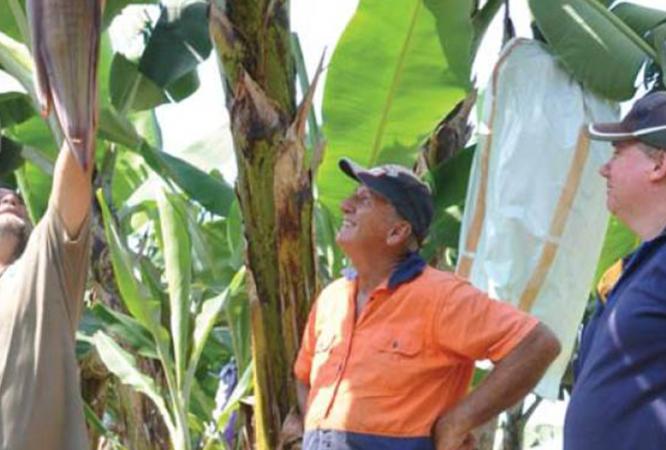Haifa Australia plans to import Haifa polyphosphate products in the near future for Australian growers. It is well understood that phosphorus is one of the major plant nutrients.
It is involved in essential metabolic processes such as energy production in all parts of the plant, storing and transferring genetic information etc. Plants absorb phosphates through their roots in the form of “orthophosphates”.
Orthophosphates used as phosphate sources in nutrient solutions include mono-ammonium phosphate (MAP), potassium dihydrogen phosphate (MKP) and phosphoric acid. Locally, MAP or MKP are used as P sources in hydroponics. There is a problem with these minerals – the preferred pH of our nutrient solutions, pH6-6.5, is the same pH range where phosphorous is less soluble (see graph). Hence, precipitation of phosphorus is common in the irrigation systems used for soilless crop production. The combination of phosphates with metals in the solution, such as calcium, can form very stable materials that are difficult to remove from the irrigation system.
Such precipitation can block pipes and emmitters, leading to variation in the application of the irrigation water and, of course, the nutrients dissolved in it. This results in uneven crop growth. Blockages of irrigation systems, particularly drip emitters, are very common in greenhouses, as well as areas where “hard’’ water (water with calcium and magnesium salts – normally with high pH) is used for irrigation.
Polyphosphate
However, there is another form of phosphate, polyphosphate, that we can use to supply plant phosphorus. Polyphosphates are molecules made from chains of joined phosphate groups and already exist within plant cells, the most well-known related to energy production (eg, ATP and ADP). While plant roots cannot directly absorb polyphosphates, they do have the ability,
through enzymatic reactions, to hydrolyse (cut) the polyphosphate into orthophosphates. Consequently, polyphosphates can be used as a P source in plant nutrient solutions. Furthermore, polyphosphates can react with metals such as calcium, bonding with them and carrying them in solution out of the irrigation system and the media into the root zone. Here, root enzymes “cut” the long chains into orthophosphates, liberating the metals for absorption by the plant roots.
The results of changing some of the phosphorus supply in hydroponics from orthophosphate to polyphosphate are quite beneficial, including:
- Availability of P regardless of pH – no mineral deposits.
- Removes existing deposits.
- More equal watering – more healthy plants.
- Improved root zone – more roots.
- More vegetative growth and better color.
Haifa Australia will soon have two products containing polyphosphate:
Related articles:
Nutrient deficiency | NPK | Plant Nutrition & Plant Fertilizer | Foliar Spray | Calcium Nitrate Fertilizer | Foliar Fertilizer | NPK Fertilizers | Growing Cucumbers


